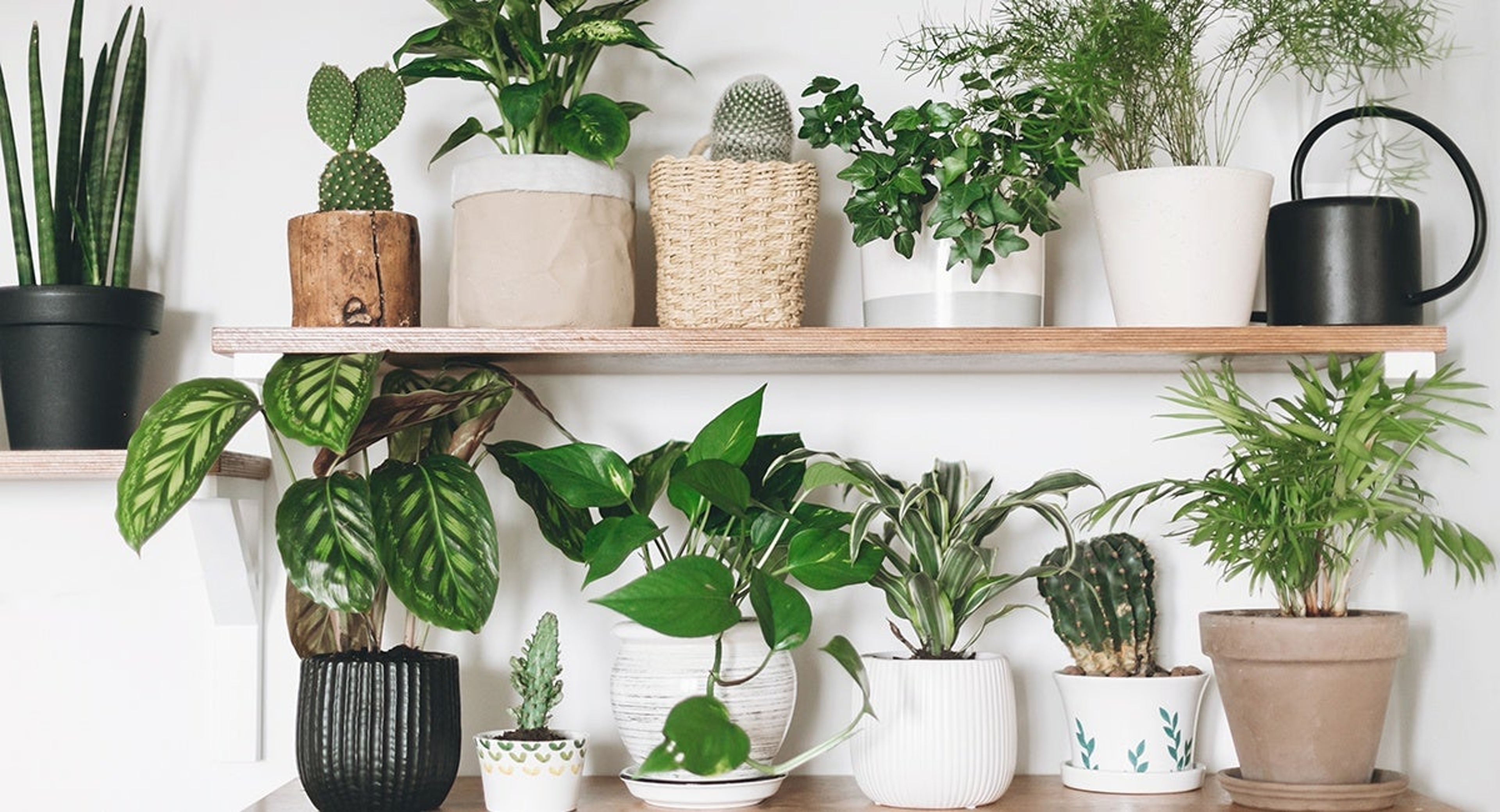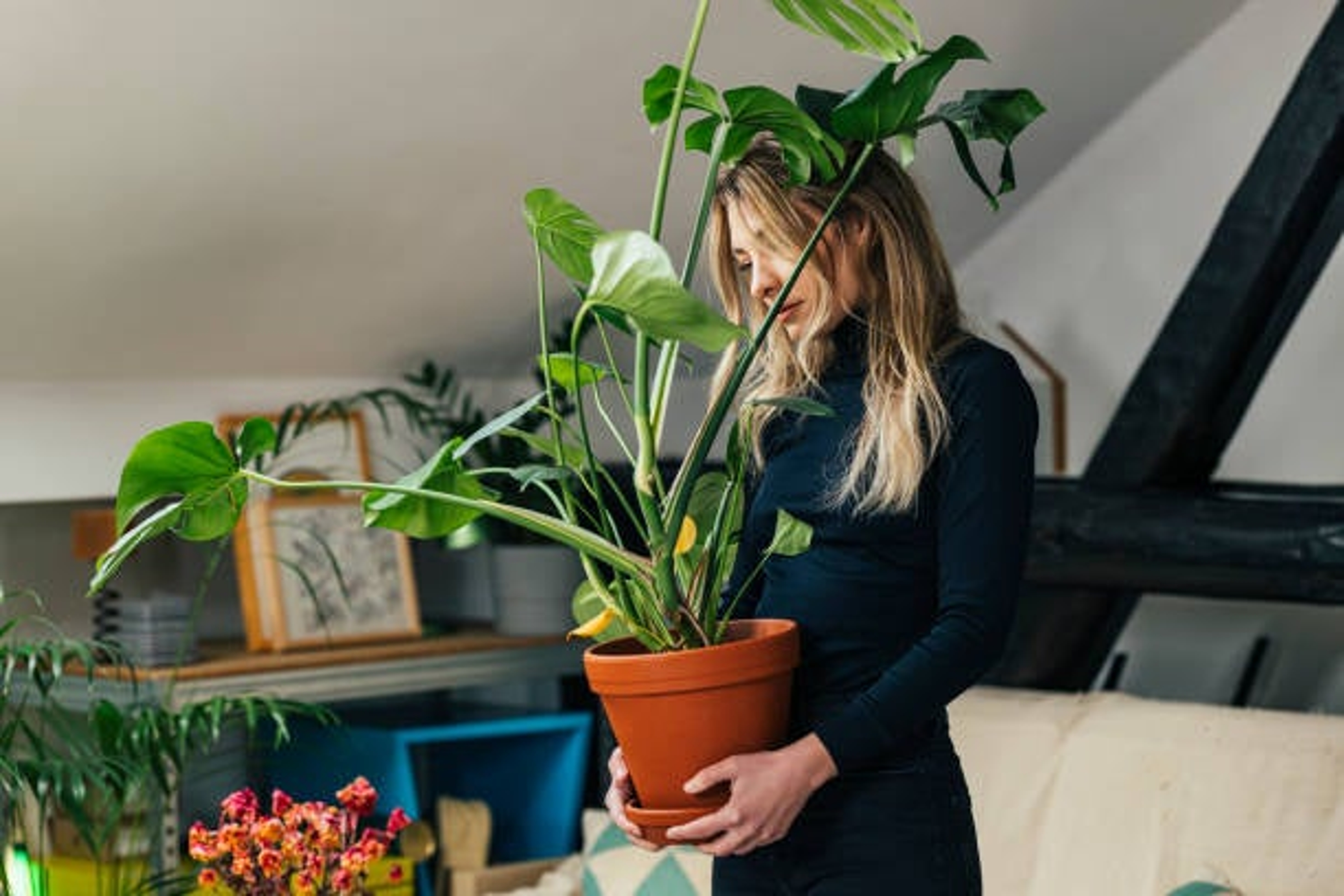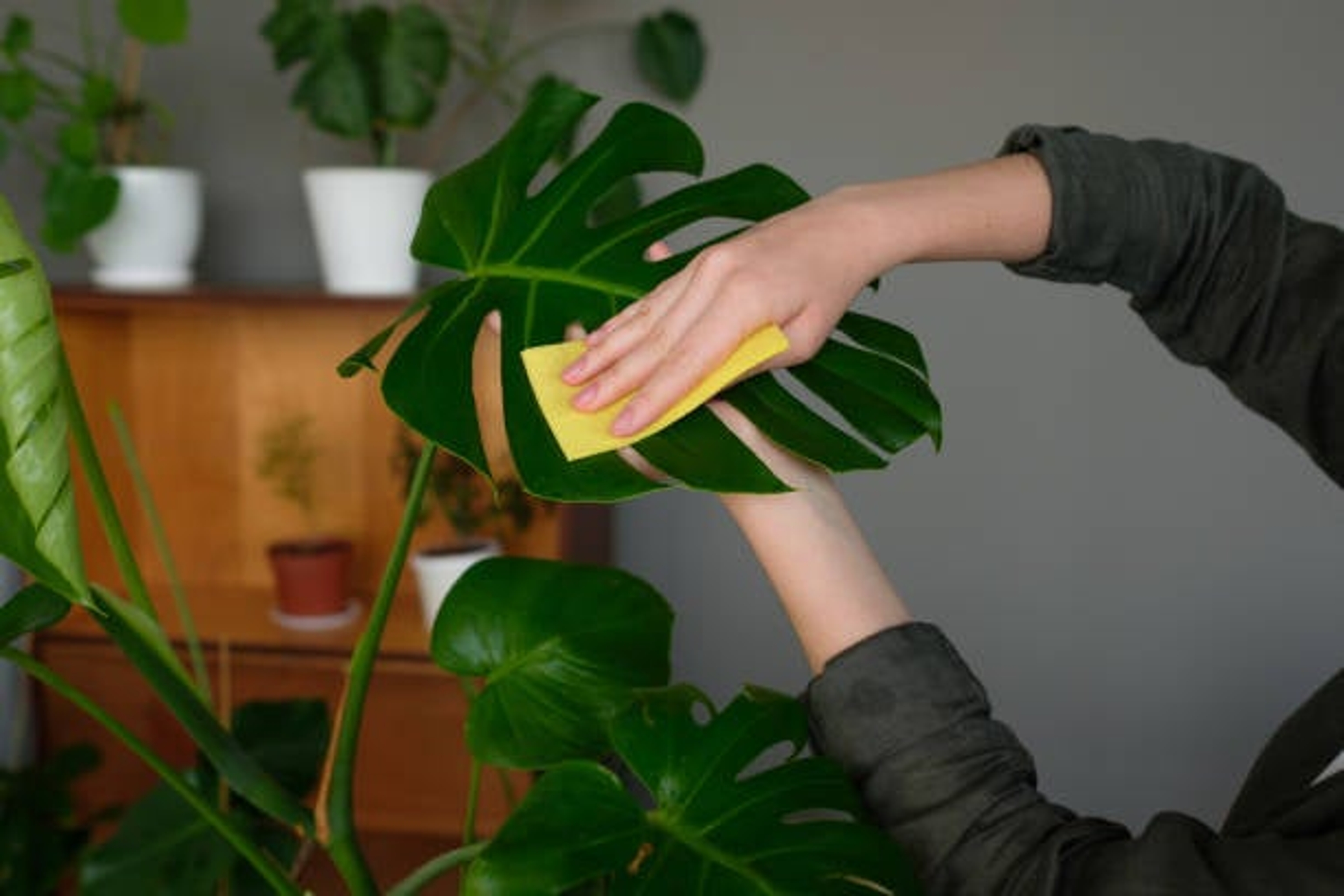Winterizing your Plant Care
Dec 12, 2022
During the winter season, houseplants often experience changes in their daily light levels, and have to adjust to shorter days, and temperature fluctuations. These changes mean our houseplants need different care than they do in warmer seasons, like spring and summer. Here are some care tips to keep in mind as your plants adjust to cooler temperatures and less sunlight during the winter months.

1. Cut Back on Watering
For most houseplants, winter is a period of rest. With slower rates of growth during colder months, plants will require less water to stay hydrated. Be careful not to overwater, which can cause root rot. A good rule of thumb when it comes to watering your plants, is to stick your finger about an inch or two into the soil to check moisture levels. Hold off on watering if the soil feels moist. Also, it’s best to water your plants with room temperature water to avoid shocking the plant’s roots. Cut back not only on the quantity of water, but on the frequency. Some plants, like succulents, may only need to be watered once a month during the winter.

2. Pay Attention to Sunlight
During the winter months, move your houseplants closer to your windows or consider providing supplemental lighting. With fewer hours of sunlight during this season, you may need to reconsider the current location of your houseplants. If you are moving your plants closer to your windows, be sure your windows have good insulation as drafty windows can cause damage to your plants. Be sure to rotate your plant pots about a quarter turn when you water them to ensure all angles of the plant receives sunlight. If you're looking to buy a new plant in the winter, try a low light plant, which can thrive in a dim or low-lit space.

3. Avoid Temperature Extremes
Make sure your houseplants are not too close to vents, fireplaces, cold windows or outside doors. Fluctuations in temperature can kill or damage your houseplants, so be mindful of their location during these colder months. Most plants are comfortable in daytime temperatures between 65 to 75 degrees and evening temperatures above 50 degrees.

4. Clean those Dusty Leaves
Remember that your plant leaves will need to be cleaned as dust can build up over time. In winter, homes tend to be closed up and more dust is spread throughout the air. This dust can prevent plants from absorbing sunlight and encourage disease. Clean your plant's leaves by misting them or by wiping off the dust with a soft cloth. Alternatively, give the plant a quick rinse in the shower.

5. Postpone Repotting until the Spring
The best time to repot plants is when they're actively growing-- for most plants this is not the winter season. Hold off until the spring to avoid shocking your houseplants.

While it is normal for some plants to decline or halt growing with the change of seasons, understand that caring for plants in the winter requires different attention and care.
Find many low maintenance plants on plants.com.






